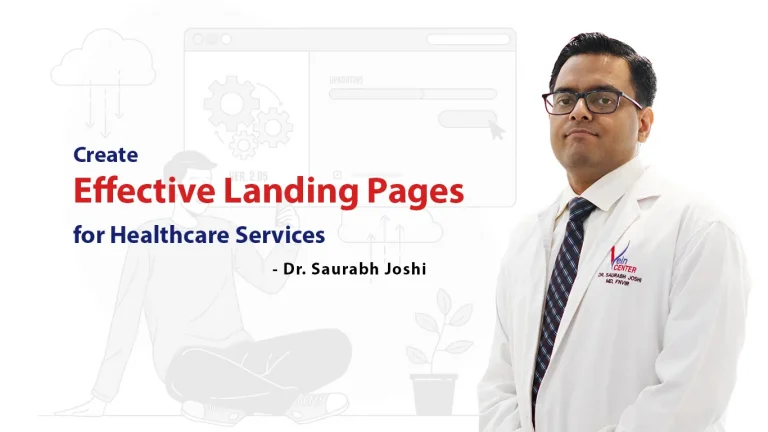Call Us Now

Patient Expectation Management: The Importance of Communicating with Empathy
While providing clear, realistic insights into the procedure and outcomes is crucial, how you communicate can greatly impact patient comfort, understanding, and satisfaction. The tone and approach you use are just as important as the facts.
When managing patient expectations, communication isn’t just about delivering information—it’s about doing so with empathy.
While providing clear, realistic insights into the procedure and outcomes is crucial, how you communicate can greatly impact patient comfort, understanding, and satisfaction. The tone and approach you use are just as important as the facts.
Balancing Facts with Empathy
Patients often come to consultations with anxiety, fear, and uncertainty. Focusing solely on the clinical aspects of their treatment, without acknowledging their emotional state, can make your communication feel cold or detached. Empathy means seeing the situation from the patient’s perspective,
addressing their concerns while delivering the facts in a supportive way.
For example, when discussing potential complications or recurrences, it’s important to frame these facts with understanding. Instead of bluntly stating that a condition may return, you can say, “I understand how frustrating this condition has been for you. While the surgery is highly effective, there’s a chance it could recur. If it does, we’ll be here to support you with the next steps.” This approach manages expectations while providing reassurance.
My Experience in Managing Expectations
In my own practice, having conducted over 10,500 Varicose Veins OPD consultations, I’ve experienced the anxiety of wanting to convert consultations into surgeries, the long wait for patients to confirm surgery, and the early mistakes of making unrealistic promises. I once guaranteed that the condition wouldn’t recur, only to spend significant time managing recurrences that I should have communicated more clearly about.
Now, I’ve developed a written four-year follow-up schedule and make it clear from the outset that patient-specific factors can also contribute to recurrence. I also emphasize that while surgical complications are rare, they can happen, and we are fully equipped to handle them. I’ve learned that complications are part of performing enough surgeries to gain expertise, and managing them with empathy and honesty is key to maintaining patient trust.
Building Trust and Reducing Anxiety
Empathy fosters trust. When patients feel their doctor truly cares, they are more likely to accept realistic expectations and be understanding of any limitations in the treatment. This trust allows you to communicate clearly about risks without fear of losing patients. It also reduces their anxiety, making them more receptive to the information you’re providing.
The Power of a Warm Greeting
First impressions matter. Greeting patients with a smile and making them feel that they are the most important person to you at that moment can set a positive tone for the entire interaction. This simple gesture can put patients at ease, helping them feel valued and seen. It builds an immediate emotional connection and lays the groundwork for open, trusting communication. Patients who feel they have your full attention are more likely to be receptive to the information you provide and to trust your guidance throughout their treatment journey.
The Role of a Support System
Having a support system in place, including empathetic patient coordinators and case managers, can significantly reduce the burden on you as the sole communicator. These trained professionals can help ensure that critical information is relayed consistently and compassionately, preventing “lost in translation” moments that can occur when patients misunderstand or misinterpret medical advice. A well-coordinated team also helps manage patient expectations more effectively, while maintaining a high standard of care and empathy throughout
the treatment process.
Practical Ways to Communicate with Empathy
- Active Listening: Pay full attention to the patient and acknowledge their concerns.
- Use Compassionate Language: Explain medical details in a way that’s easy to understand and reassuring.
- Acknowledge Feelings: Validate their fears and emotions.
- Be Patient: Give them time to process and ask questions.
- Follow Up: Check in after difficult conversations to offer support.
Conclusion
Patient expectation management relies on empathetic communication to foster trust and understanding. By greeting patients warmly, focusing on them during consultations, and combining empathy with clarity—and leveraging a support system of empathetic coordinators and case managers—you ensure that your patients feel heard, valued, and supported. This builds a stronger foundation for long-term patient relationships and practice success.







